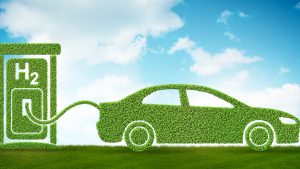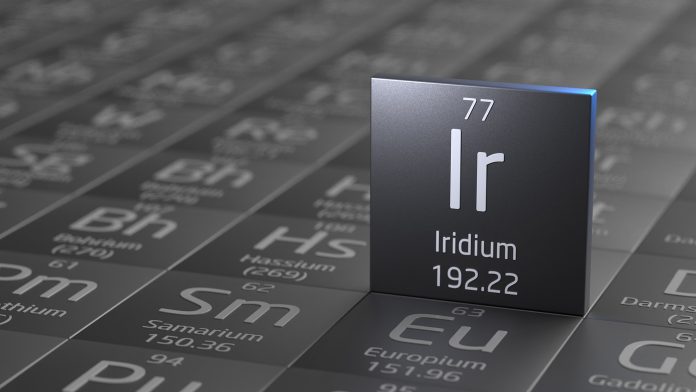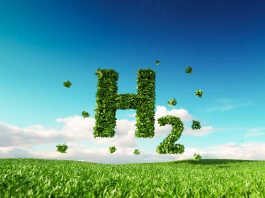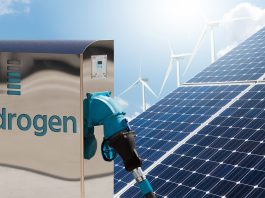Researchers from the University of Adelaide are improving the efficiency of iridium-based catalysts to produce green hydrogen for the clean energy transition.
Experts from the University of Adelaide have taken a step forward in the race to make the widespread use of intermittent renewable energy a reality. The team is improving the efficiency of iridium-based catalysts, which currently experience many challenges, to generate green hydrogen.
“Currently it is difficult for commercial iridium oxide catalysts to achieve high activity and stability at the same time in proton exchange membrane water electrolysis (PEMWE),” said the University of Adelaide’s Associate Professor Yao Zheng, ARC Future Fellow, School of Chemical Engineering.
“We have found that a lattice-water-assisted mechanism – a way of arranging water molecules in a specific pattern – boosts the efficiency of an iridium oxide catalyst by 5-12%, resulting in higher energy output while consuming less energy.”
The research, ‘IrOx·nH2O with lattice-water-assisted oxygen exchange for high performance proton exchange membrane water electrolyzers,’ is published in the journal Science Advances.
Using PEMWE is a promising solution to green hydrogen production
Hydrogen has often been labelled as the low-emission fuel of the future. Replacing traditional fuel with green hydrogen can help reduce greenhouse gas emissions, helping countries meet decarbonisation goals.
Using renewable electricity is one of the most attractive solutions to producing green hydrogen. The PEMWE technique specifically has advantages as it can be operated with fast response and high current density.
“Water splitting using PEMWE is a promising method for generating green hydrogen. However, only iridium-based catalysts can be used as the element can withstand the harsh acidic conditions that occur during the reaction,” said Zheng.
This is a potential problem due to iridium’s scarcity.
The importance of increasing the efficiency of iridium-based catalysts
Found uncombined in nature in sediments deposited by rivers, iridium is one of the rarest elements on Earth. Only a very thin layer of iridium exists in the Earth’s crust.
Because of this, commercially, the metal is recovered as a by-product of nickel refining. South Africa is the largest iridium producer.
“As the global output of iridium is very limited, it is very important to decrease the amount used in these types of catalysts,” stated Associate Professor Zheng.
Cheaper green hydrogen can decrease climate-related problems

“With the lattice-water-assisted oxygen exchange mechanism that shows the possibility of both higher efficiency and stability in a proton exchange membrane water electrolyser, the amount of iridium can be reduced and the cost of producing green hydrogen can be efficiently decreased.
“Our findings not only verify the viability of a low-loading iridium-based anodic catalyst for PEMWE but also provide new ideas for modifying the oxygen exchange mechanism for high-performance oxygen evolution reaction (OER) catalyst design.
“With cheaper green hydrogen, a carbon-neutral society could be built as soon as possible, and related climate problems could be efficiently decreased,” concluded Zheng.
The team’s work on iridium-based catalysts has been undertaken at the fundamental level.
Now, more research must be carried out on how to scale up the new synthesis.









